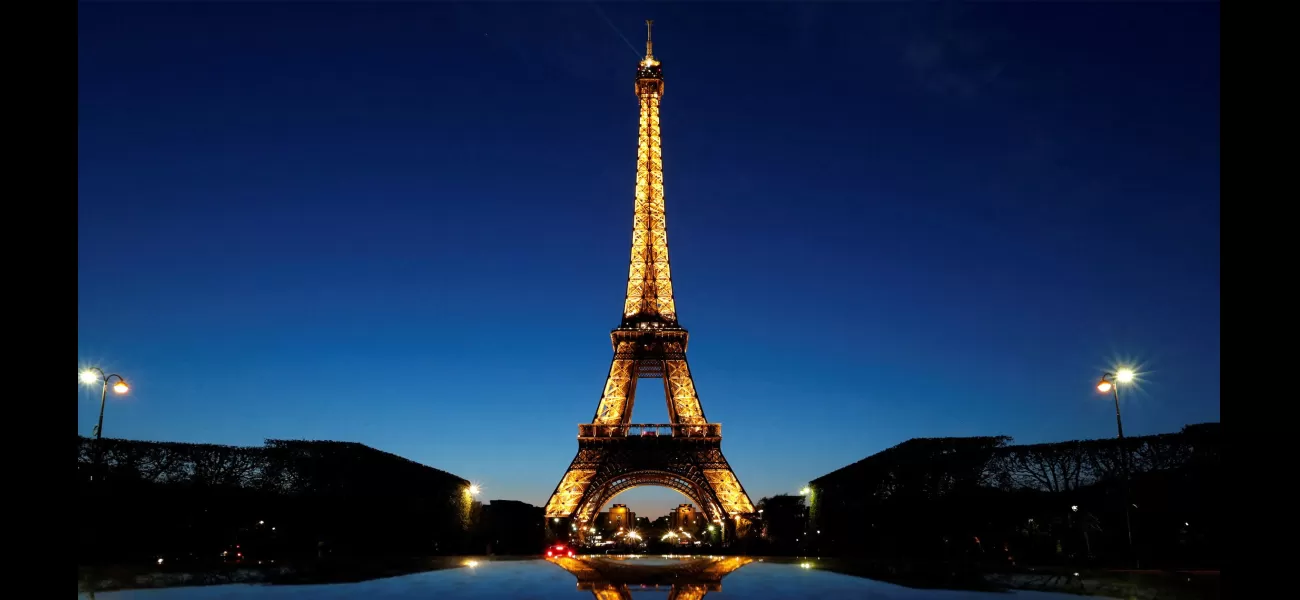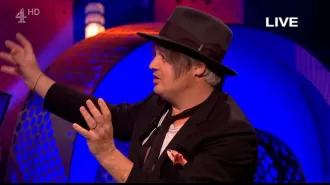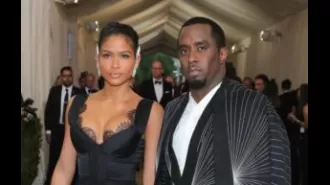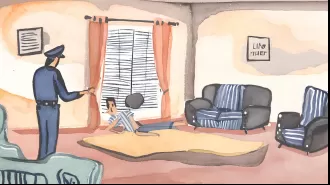Photographing the Eiffel Tower at night is illegal, but allowed during the day.
Lighting is key.
May 5th 2024.

Did you know that the Eiffel Tower in Paris, one of the most iconic structures in the world, is actually protected by copyright law? It may come as a surprise to many, but taking pictures of the tower at night is technically illegal. Yes, even that sneaky selfie you took with the illuminated tower in the background could potentially land you in trouble with the law.
This is because the lighting of the Eiffel Tower is considered a work of art and is therefore protected under European Copyright Law. It falls under the domain of the late Pierre Bideau, the engineer who designed the current lighting system in 1985. And since copyright lasts for 70 years after a person's death, it will be quite some time before the lighting falls into the public domain, as Bideau passed away in 2021.
To publish a photo of the Eiffel Tower at night, one must first obtain permission, pay for the rights, and properly credit the artist. Failure to do so could result in fines. However, this law mainly applies to commercial use, so taking photos for personal use is unlikely to get you into trouble.
The tower is one of the most photographed monuments in the world, with thousands of pictures taken every day. Leisure and brand photographer Marc Nouss even stated that he takes photos of the tower without mentioning anything, as it is a common practice. However, he advises against selling photos taken at night to avoid any potential legal issues.
But don't worry, taking photos of the Eiffel Tower during the day is perfectly legal, as the structure's designer, Gustave Eiffel, passed away more than 100 years ago, and his copyright has expired. And if you're lucky enough to capture the breathtaking views from the top of the tower, you can freely share them as the views are rights-free, according to the SETE website.
The Eiffel Tower's lighting system is designed by the late Pierre Bideau, who recently passed away in 2021. This system includes light-sensitive twilight sensors, which cause the tower to light up within 10 minutes of dusk. The exact timing varies depending on the sunset, but the lights always turn off at 11:45 pm. This was changed in 2022 as part of Paris's energy conservation efforts.
One of the most mesmerizing aspects of the Eiffel Tower lighting is the sparkling effect created by the 20,000 bulbs that flash for the first five minutes of every hour. So next time you visit this iconic landmark, remember to admire its beauty and capture the memories with your camera, but be mindful of the copyright laws that protect it.
This is because the lighting of the Eiffel Tower is considered a work of art and is therefore protected under European Copyright Law. It falls under the domain of the late Pierre Bideau, the engineer who designed the current lighting system in 1985. And since copyright lasts for 70 years after a person's death, it will be quite some time before the lighting falls into the public domain, as Bideau passed away in 2021.
To publish a photo of the Eiffel Tower at night, one must first obtain permission, pay for the rights, and properly credit the artist. Failure to do so could result in fines. However, this law mainly applies to commercial use, so taking photos for personal use is unlikely to get you into trouble.
The tower is one of the most photographed monuments in the world, with thousands of pictures taken every day. Leisure and brand photographer Marc Nouss even stated that he takes photos of the tower without mentioning anything, as it is a common practice. However, he advises against selling photos taken at night to avoid any potential legal issues.
But don't worry, taking photos of the Eiffel Tower during the day is perfectly legal, as the structure's designer, Gustave Eiffel, passed away more than 100 years ago, and his copyright has expired. And if you're lucky enough to capture the breathtaking views from the top of the tower, you can freely share them as the views are rights-free, according to the SETE website.
The Eiffel Tower's lighting system is designed by the late Pierre Bideau, who recently passed away in 2021. This system includes light-sensitive twilight sensors, which cause the tower to light up within 10 minutes of dusk. The exact timing varies depending on the sunset, but the lights always turn off at 11:45 pm. This was changed in 2022 as part of Paris's energy conservation efforts.
One of the most mesmerizing aspects of the Eiffel Tower lighting is the sparkling effect created by the 20,000 bulbs that flash for the first five minutes of every hour. So next time you visit this iconic landmark, remember to admire its beauty and capture the memories with your camera, but be mindful of the copyright laws that protect it.
[This article has been trending online recently and has been generated with AI. Your feed is customized.]
[Generative AI is experimental.]
0
0
Submit Comment





